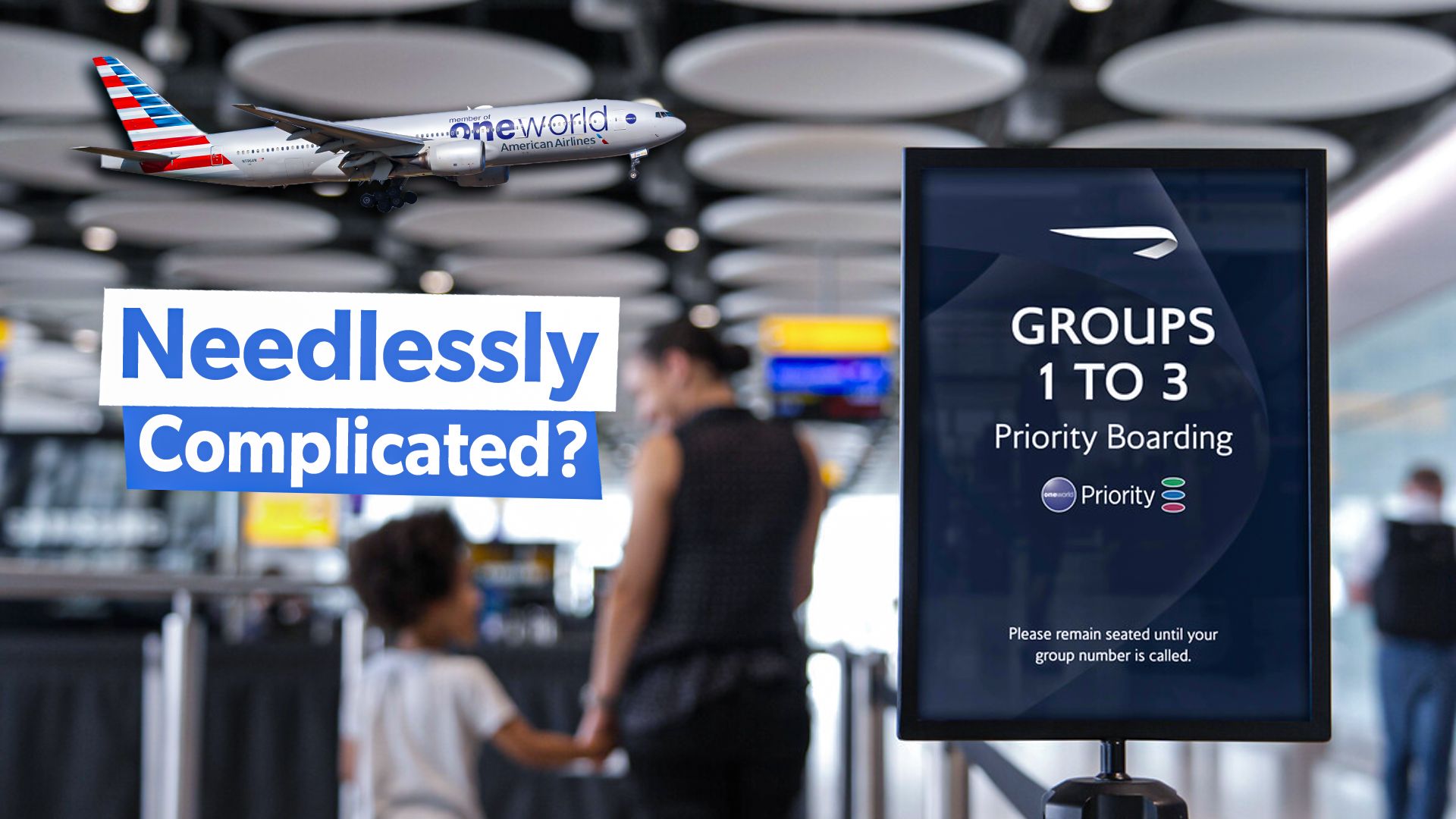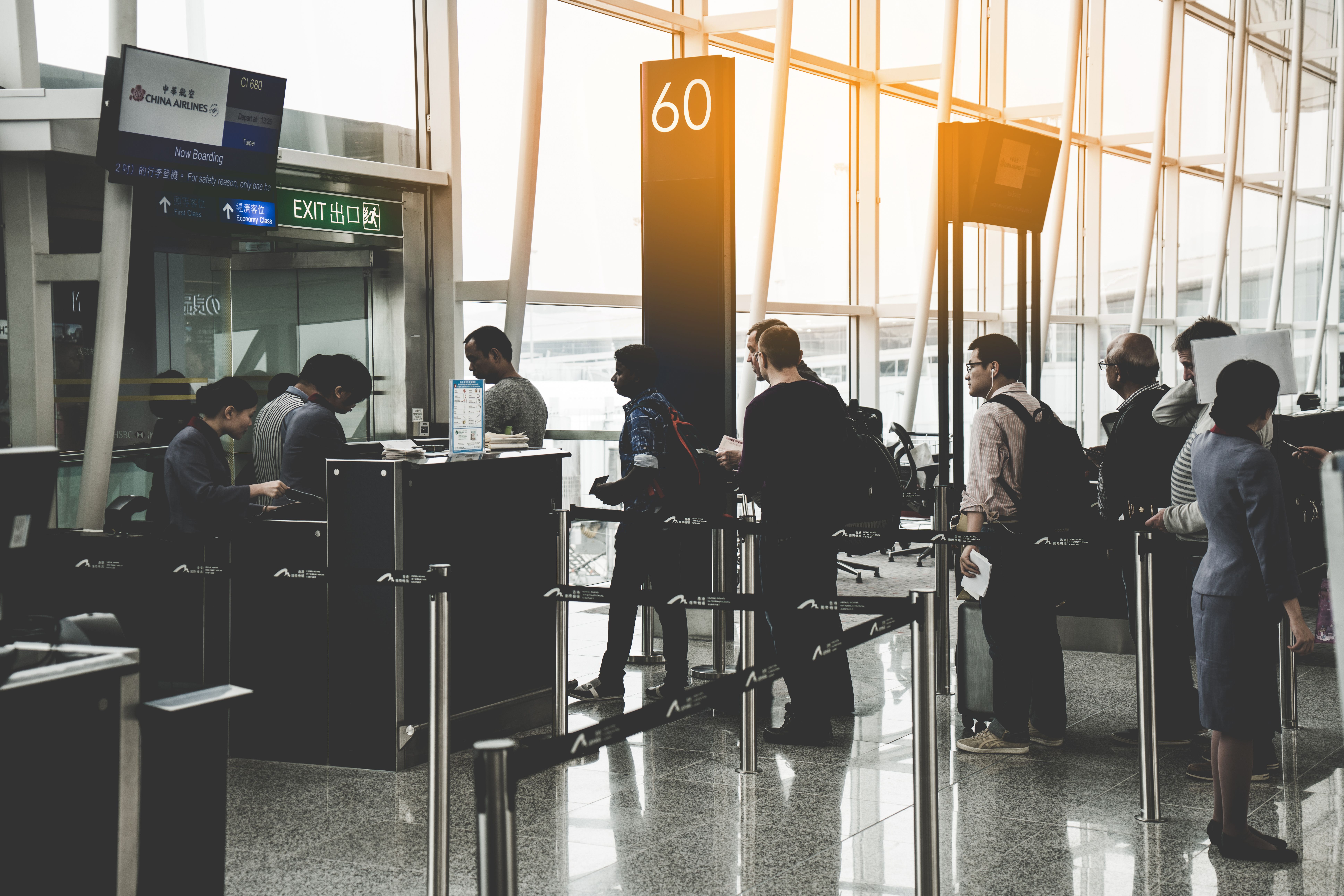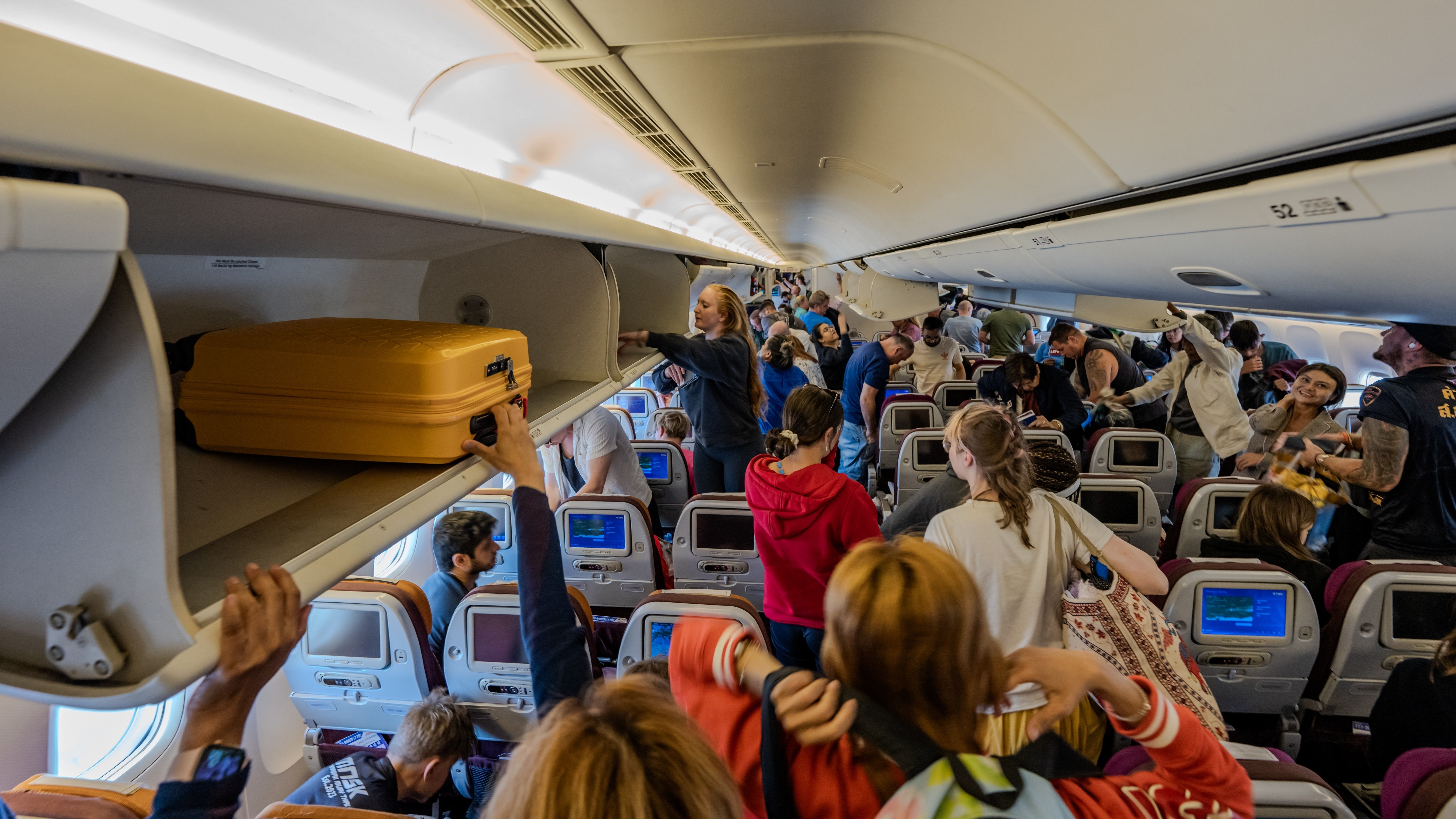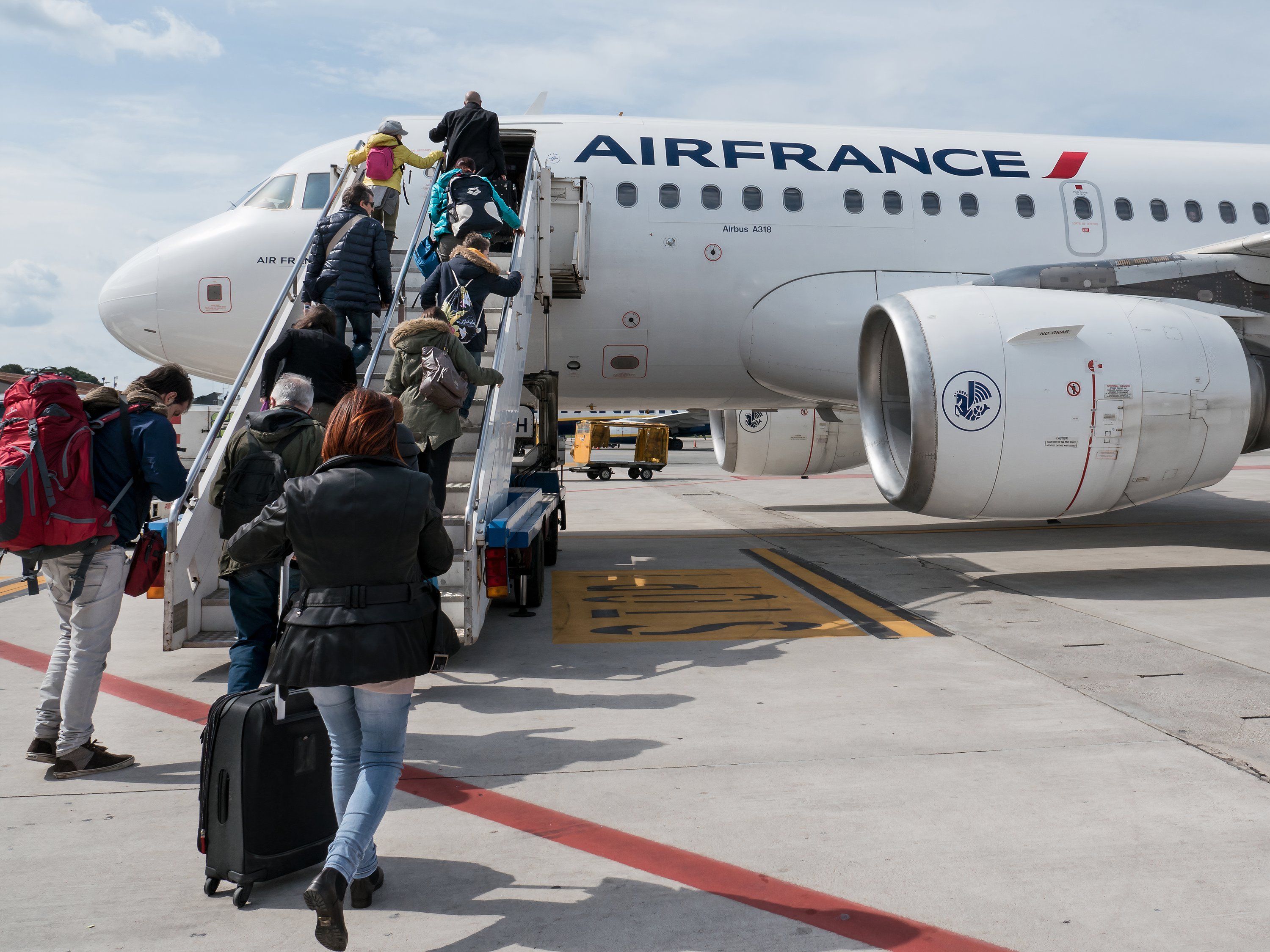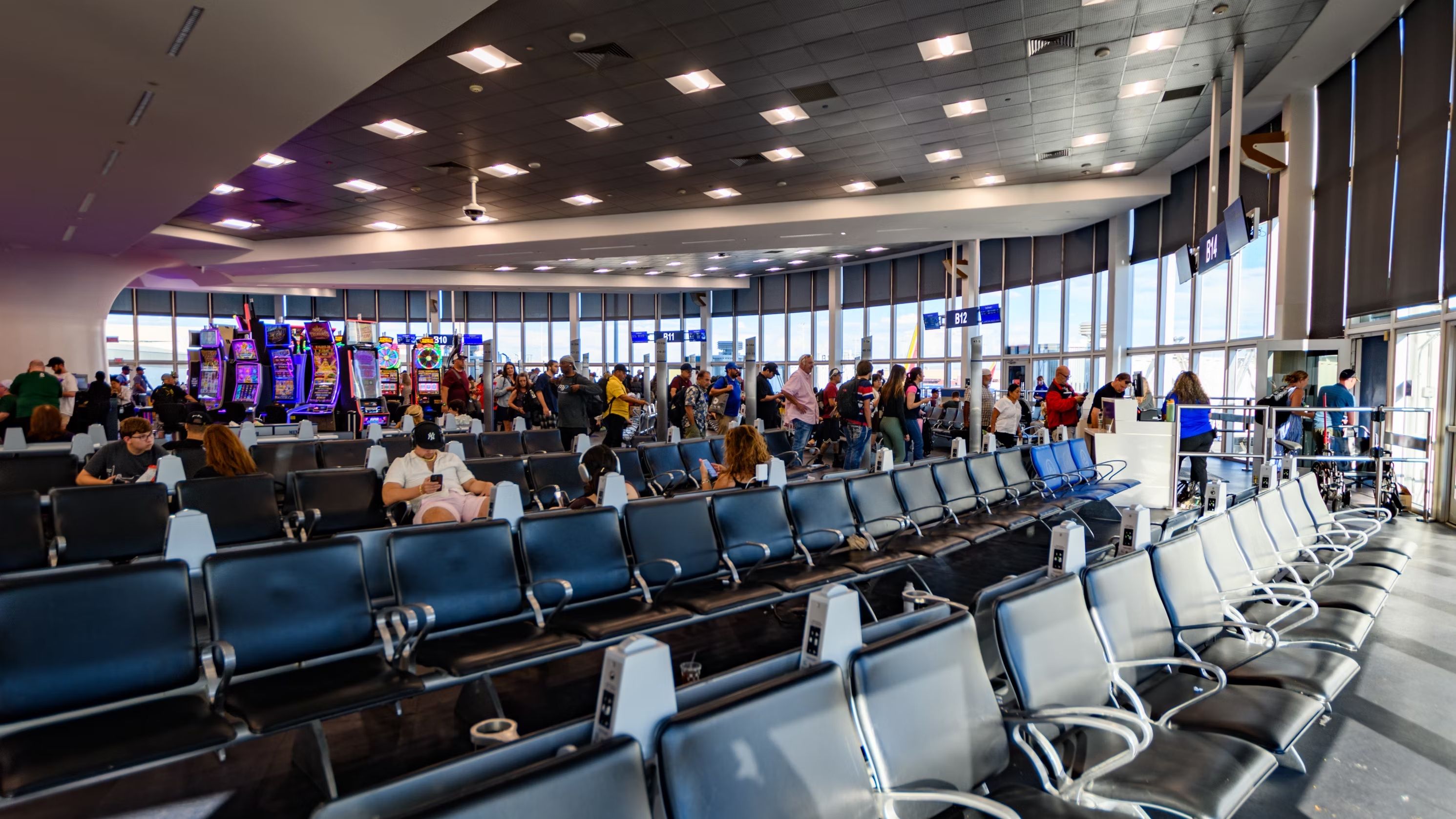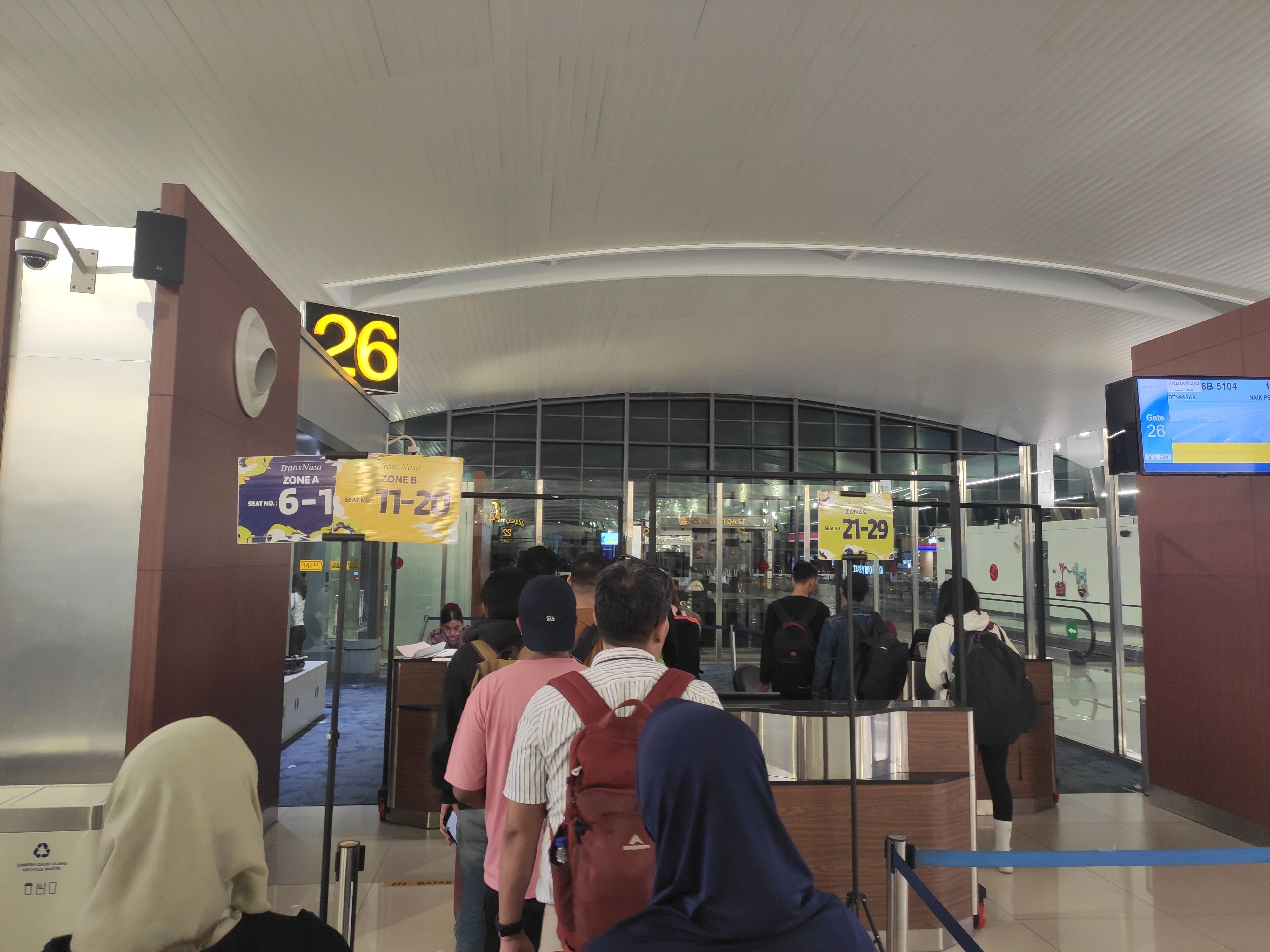Airlines assign their passengers to different boarding groups. Depending upon the airlines you are flying with, the number of boarding zones might be different. If you compare the big three
, ![]() Delta Air Lines
Delta Air Lines
has eight boarding “zones”, while ![]() American Airlines
American Airlines
and ![]() United Airlines
United Airlines
have nine and six boarding groups, respectively.
Photo: ShutterStockStudios | Shutterstock
While all these carriers offer preboarding to people needing special assistance or US military on active duty, carriers can have as many as nine boarding groups. One might naturally wonder why, nowadays, flights have so many boarding groups.
The messy boarding procedure
It is well-known how a lot of people feel that boarding an aircraft isn’t always the smoothest process. The congestion on the jet bridge, the slow jostle through the narrow aisle to navigate through your seat, and the dearth of space for your carry-on bag, which has to be moved carefully enough to not hit any passengers, was encapsulated well by Henry Harteveldt, who told CNN:
“Boarding a plane is the 21st century version of Lord of the Flies…The airlines created this complexity and this insanity.”
Getting rid of complexity?
CNN also claimed that 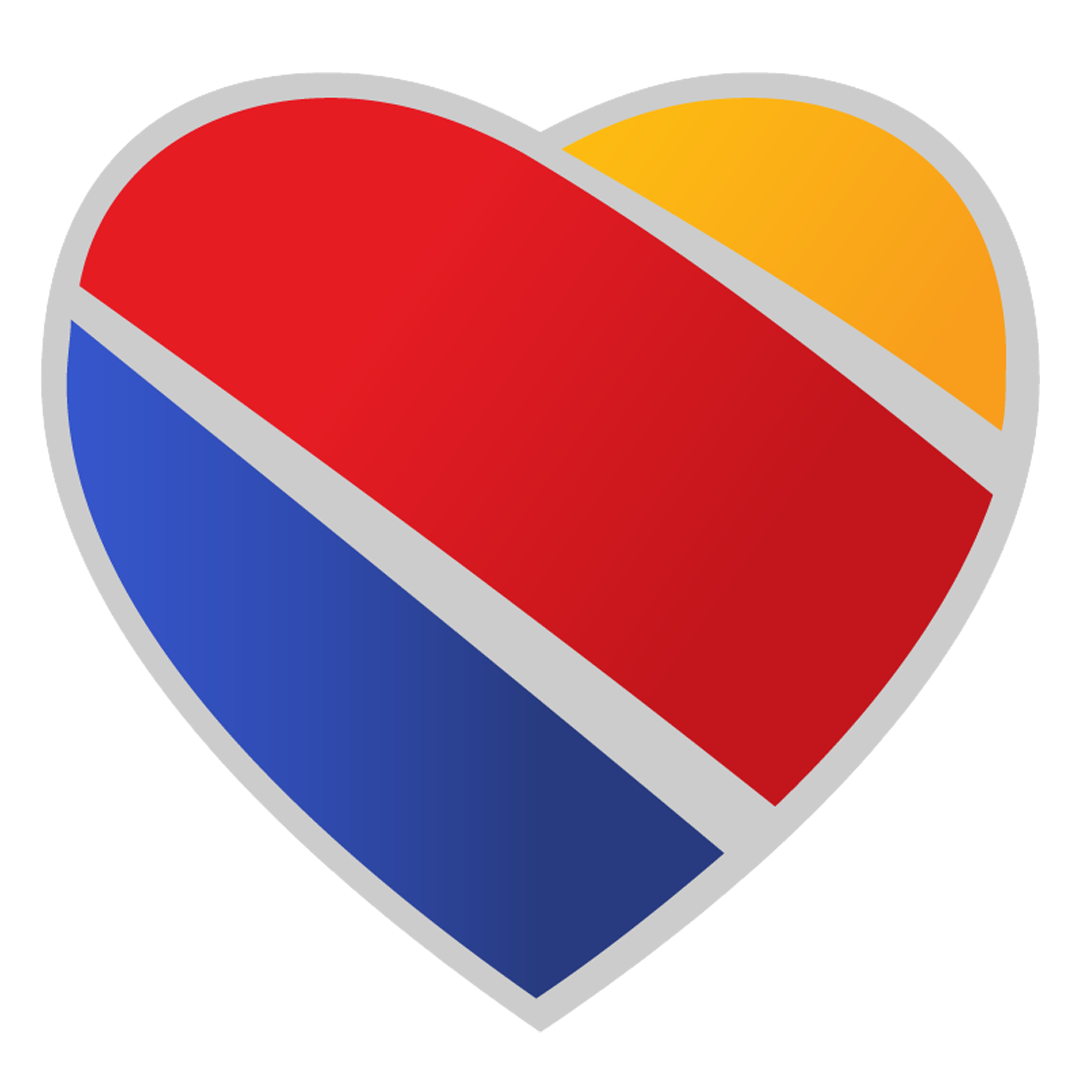 Southwest Airlines
Southwest Airlines
(SWA) has the fastest boarding process of any major airline.
Its distinct boarding process
assigns passengers to distinct boarding ‘groups’ named A, B, and C. People in Group A are allowed to board first, with people in Group B allowed to board second, and the ones in Group C board last. When passengers get on an aircraft, they can choose their seats.
Photo: Surachet Jo | Shutterstock
onemileatatime.com reviewed Southwest’s boarding process, and wrote:
“With most airlines, you kind of just have a mob that storms the gate when boarding is about to start. By comparison, Southwest’s boarding process is quite civilized. Southwest’s gates typically have six big “markers,” each of which lists numbers. On the left side, you’ll see numbers 1-30, and on the right side you’ll see numbers 31-60. Each sign indicates where you should stand based on your boarding position, with ranges of five numbers.”
Photo: pio3 I Shutterstock
However, not all airlines are looking to adopt Southwest’s model of random seating. This is primarily because airlines don’t want to miss out on the chance to make money from seat assignments.
Spend more and board first
The Air Carrier Access Act dictates who can get onboard an aircraft first. The act, which has pushed airlines into delivering services to travelers with disabilities, states that people who need special assistance can board an aircraft “before all other passengers, including first-class passengers, elite-level passengers, members of the military, and passengers with small children.”
But this is all the government has said about who can board an aircraft first. Generally, the most loyal customers or the ones who spend the most on their tickets get to board an aircraft first.
Photo: Page Frederique | Shutterstock
Let’s compare who gets to board first in the Big Three:
|
Groups/ Zone |
|
|
|
|---|---|---|---|
|
1 |
Members who have Premium Platinum or Premium Gold / Travelers in United Polaris, United First and United business class |
Passengers in business class or first class / AAdvantage Executive Platinum members |
Passengers in Delta One or first class |
As you can see from the table above, the first of the boarding groups (which are the ones that allow you to board first) are the ones who either pay more for their tickets or have elite status as frequent flyers.
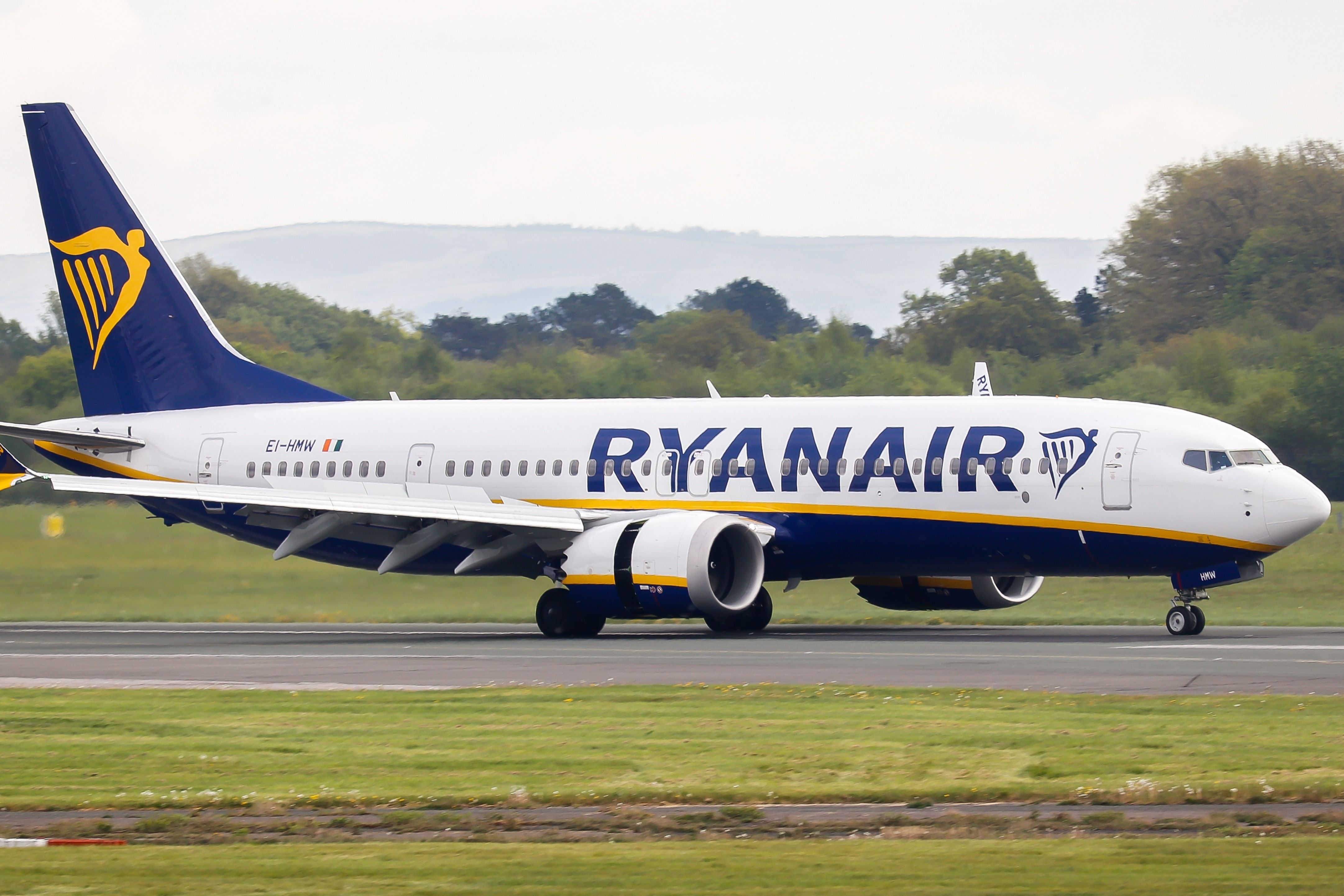
Is Priority Boarding Worth It?
Even passengers of no-thrills airlines often pay extra to obtain priority boarding. For some low-cost carriers, the cost is even higher than the base ticket fee. Still, several travelers feel it’s worth the money. I feel it can be worth it, as early boarding isn’t the only benefit. Other advantages include a larger carry-on that can be placed in the overhead bin, which is essential for some trips. What do you think? Is it worth it? Let us know below!
Basic economy passengers who are traveling on ![]() American Airlines
American Airlines
within the US, Canada, Central America, Mexico, and the Caribbean board in group 9. United Airlines writes that group 6 is for “travelers in basic economy and travelers who do not have a boarding group number listed on their boarding pass“. On ![]() Delta Air Lines
Delta Air Lines
(DL), basic economy passengers board in zone 8.
Photo: Joe Kunzler | Simple Flying
Note that the boarding groups/zones discussed in the paragraph above are the last of the airlines’ boarding groups. And these are the last to get on board, unless they have paid for priority boarding. Alex Miller, a travel expert and founder of the site Upgraded Points, talked to afar.com about how airlines are unlikely to get rid of this high number of boarding groups:
“The reason airlines have a lot of different boarding groups is because they want to segment out customers…..Every so often airlines will simplify their boarding processes, but in the end, having a lot of different options to board recognizes loyalty and provides an opportunity for increased revenue.”
Alternative methods of boarding an airplane
There are a few alternative ways that airlines have tried to board passengers. Let’s look at a few of these:
-
Carriers such as
 Alaska Airlines
Alaska Airlines,
JetBlue Airways, and
Spirit Airlineshave tried a method to board people faster by minimizing the contact between the passengers who are moving in front and the ones who are moving back, reported Mark Stachiew Travels. This is known as back-to-front boarding.
- United Airlines, which was reported by npr.org to have seen its boarding times increase by two minutes since 2019, introduced the WILMA (an acronym for window, middle, and aisle) method for boarding last year. However, it saw a lot of criticism from Delta Air Lines.
Photo: Luke Bodell | Simple Flying
Despite airlines trying to make boarding faster by using the methods above, it doesn’t mean that the carriers are likely to get rid of the many different boarding zones/ groups anytime soon. United only tried the WILMA method for economy passengers.

